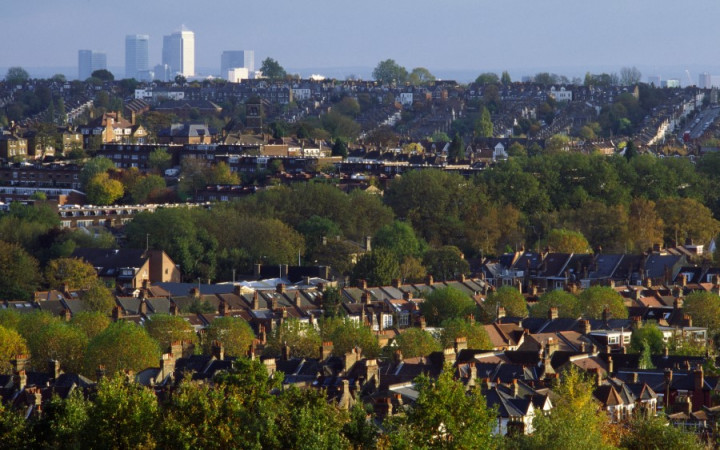Do you like big cities? The tall buildings are fun to look at. There always seems to be something to do. The bright lights, hustle and bustle, and horns honking make big cities seem alive 24 hours a day, seven days a week.
Of course, visiting a big city can be quite different from living in one. The noise? The traffic? The hustle and bustle? All those things that can seem exciting to a visitor might become a constant annoyance to those living in big cities.
If you travel far enough outside of a big city, you'll begin to see changes. The buildings get smaller and less dense until eventually you mainly see single-family homes. You begin to see more open space, including large green spaces set aside as parks for recreation. You'll also see concentrated shopping areas, such as strip malls. Where are you? The suburbs, of course!
Suburbs are residential areas that exist within a reasonable commuting distance of a larger city. Although they often contain businesses that provide goods and services needed by residents of the community, suburbs are usually differentiated from inner city areas by a focus on spacious residential areas that are much less densely-populated than the large cities they surround.
Although it might seem like suburbs are a product of our modern urban environment, they've actually been around for as long as large cities of any size have existed. For example, in 539 B.C., an unknown person wrote the following letter in cuneiform on a clay tablet to the king of Persia: "Our property seems to me the most beautiful in the world. It is so close to Babylon that we enjoy all the advantages of the city, and yet when we come home we stay away from all the noise and dust."
That same sentiment is shared by millions of people living outside big cities all over the world today. In fact, experts estimate at least half of the population in the United States lives in the suburbs.
Why would so many people choose to live in the suburbs? For many people, the suburbs offer the chance to own their own home with a little bit of land to go with it. Big cities often don't have much land to offer and what is available can be too expensive for most people to afford.
In addition, many people find life in the suburbs to be more peaceful than the noisy, busy environment that characterizes many large cities. These people enjoy living in the peaceful suburbs, while still living close enough to the city to enjoy its many benefits whenever they choose.
While suburbs have been around in some form for as long as large cities have existed, they didn't really begin to emerge on a large scale until the late 1800s. During this time, industrialization provided the needed advances in transportation technology, such as railroads, to allow workers to commute easily from suburbs to the big city.
In the United States, the suburban population explosion occurred primarily after World War II. During the post-war economic expansion, many returning soldiers chose to start their post-war lives in suburbs.
Mass-produced housing communities, such as Levittown in New York, became commonplace on the outskirts of many large cities across the U.S. The growth of automobile ownership and the expansion of the Interstate Highway System further stimulated the growth of suburbs around the country.




